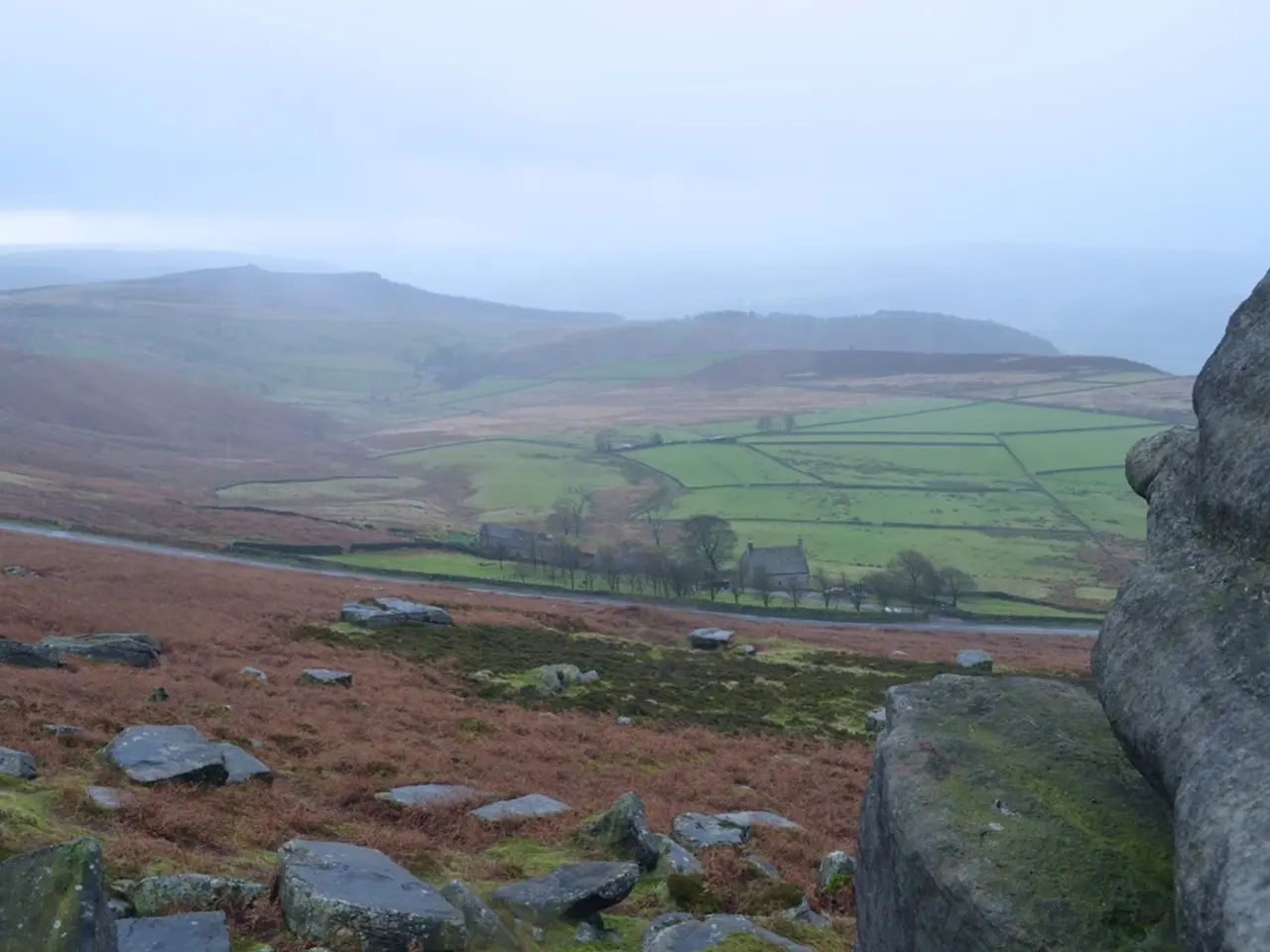Volcanic Eruption of Grand Scale in Indonesia, Not Seen Since 2010
Mount Merapi Erupts for a Second Time, Causing Disruptions and Fears
Indonesia's most volatile volcano, Mount Merapi, erupted twice on Friday, with the second eruption occurring less than five hours after the first. This recent eruption, which occurred on Saturday, is one of Indonesia's largest since 2010, forcing the delay or cancellation of dozens of flights at Bali's Ngurah Rai airport and covering roads and rice fields with thick, grey mud and rocks.
The eruptions sent ash clouds up to 10km (6.2 miles) high and caused glowing lava and bolts of lightning. Volcanic material, including hot thumb-sized gravel, was thrown up to 8km (5 miles) from the crater. The Geology Agency of Indonesia recorded an avalanche of searing gas clouds, rocks, and lava travelling up to 5km (3 miles) down the slopes of the mountain.
The eruption did not provide information about the height of ash clouds, glowing lava, bolts of lightning, searing gas clouds, rocks, and lava traveling down the slopes, or magma movement and tremors. However, the agency warned that nearby villages and towns were covered with thick volcanic residue and advised residents to be vigilant about heavy rainfall that could trigger lava flows in rivers originating from the volcano.
Mount Merapi's eruptions have a history of causing significant fatalities and disruptions in the area. The 2010 eruption of Mount Merapi killed more than 350 people. Since 2010, the largest Indonesian volcanic eruptions include the 2014 eruptions of Kelud and Sangeang Api volcanoes, both significant for their explosivity and plume height. Kelud's 2014 eruption produced a volcanic plume reaching about 26 km high, while Sangeang Api's eruption had a plume height of approximately 15.2 km, both qualifying as large eruptions with a volcanic explosivity index (VEI) of 4 or higher.
These events have prompted Indonesia to improve its disaster monitoring and response systems, including real-time volcanic alerts accessed through apps and government agencies to mitigate future risks. The impacts of these eruptions in Indonesia include fatalities, destruction of infrastructure, displacement of local populations, air travel disruptions due to ash clouds, and environmental damage. For example, Kelud's 2014 eruption led to mass evacuations and temporarily grounded flights. Mount Merapi's eruptions caused casualties and widespread ashfall affecting agriculture and local air quality.
Residents in the affected areas are urged to stay vigilant and follow the advisories issued by the Geology Agency of Indonesia. As the situation develops, updates will be provided regarding the impact on nearby villages and towns and any further advisories about heavy rainfall.
In light of the recent eruptions of Mount Merapi, it's crucial to ensure the health and wellness of those living near the volcano. This incident serves as a reminder of the importance of maintaining strong environmental-science research and monitoring for volcanic activities, as well as space-and-astronomy studies to better understand the impact of volcanic eruptions on the atmosphere and environment.




